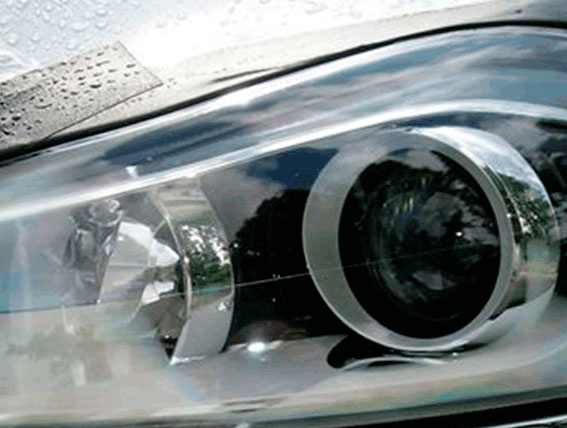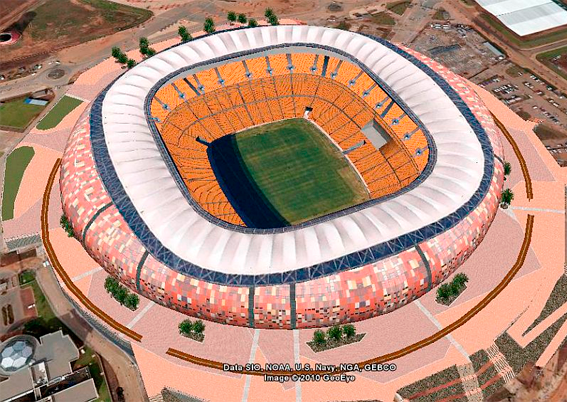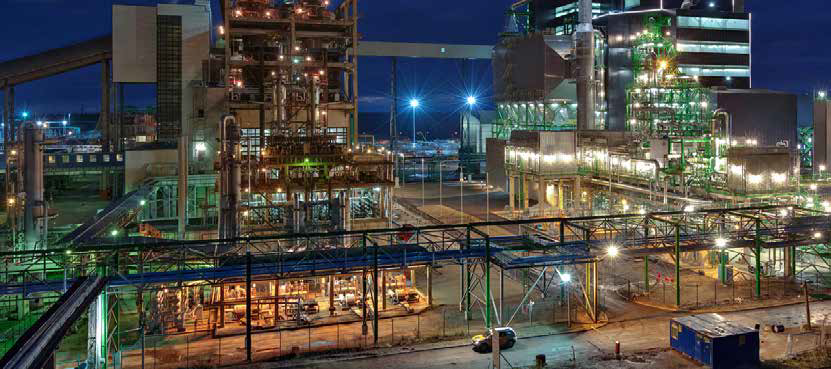Ansys OPTICAL | SPEOS

Ansys è un prodotto Ansys Inc.

Ansys è un prodotto Ansys Inc.
L’ambiente di simulazione ottica Ansys fornisce gli strumenti per progettare sistemi ottici consentendo di simulare in modo univoco le prestazioni ottiche all'interno di un sistema e valutarne l'effetto finale.
Ansys SPEOS fornisce una soluzione unica per la progettazione ottica all'interno di un ambiente PLM / CAD, consentendo di eseguire rapidamente la progettazione di sistemi di illuminazione ed andando ad esplorare intuitivamente la propagazione della luce nello scenario 3D del tuo modello meccanico CAD.
Inoltre, grazie a strumenti di analisi dedicati, è possibile comprendere le interazioni tra luce e materiali consentendo di testare un numero maggiore di concept e scenari "what if" in modo rapido e semplice.

Per vedere l'aspetto finale del prodotto integrato in un intero sistema e ambiente, SPEOS fornisce una visualizzazione ad alta fedeltà del risultato finale, basata su capacità di visione umana uniche ed integrabili in sistemi di Virtual Reality (VR) per vivere un'esperienza di revisione completamente immersiva.
Ansys SPEOS consente di effettuare:

Invia le tue domande ai nostri tecnici specializzati!
Mettiti in contatto con uno dei nostri esperti, che ti potrà fornire risposte certe o consigliare soluzioni affidabili.

CASE STUDY
EnginSoft implemented a new 3D CFD multi-phase model to simulate the water condensation-evaporation processes inside automotive headlamps for Automotive Lighting, a leading supplier of quality headlights to the OEM market
automotive cfd ansys rail-transport
CASE STUDY
This work presents the CFD model of an axial piston pump and compares it to a validated 0D model. The main objective of this study was to analyze the flow field inside the pump, focusing on the aspects that involved the main inner volumes, such as the filling and emptying dynamics in the piston chambers and the flow field inside the ducts.
ansys cfd energy

CASE STUDY
The study analyzed these structures for strength, service and stability conditions before construction.
civil-engineering construction ansys

CASE STUDY
GE Power is a world leading supplier of solutions for power generation, from engineering to manufacturing. Detecting and mitigating critical flow structures in water pumping stations is a complex engineering task, that has always been based on experimental activities. Now GE Power can rely also on CFD modelling and on the support of EnginSoft
ansys cfd energy